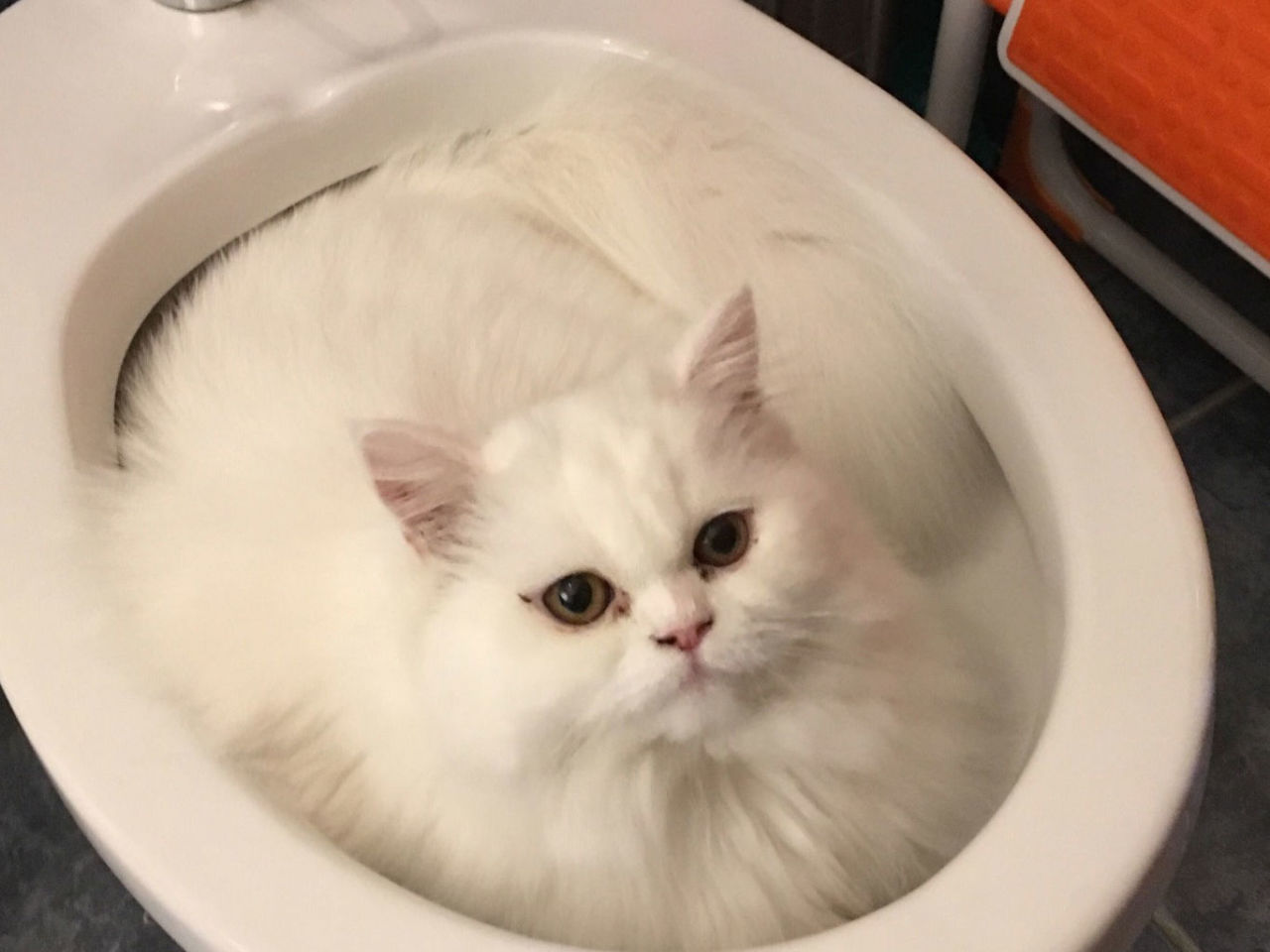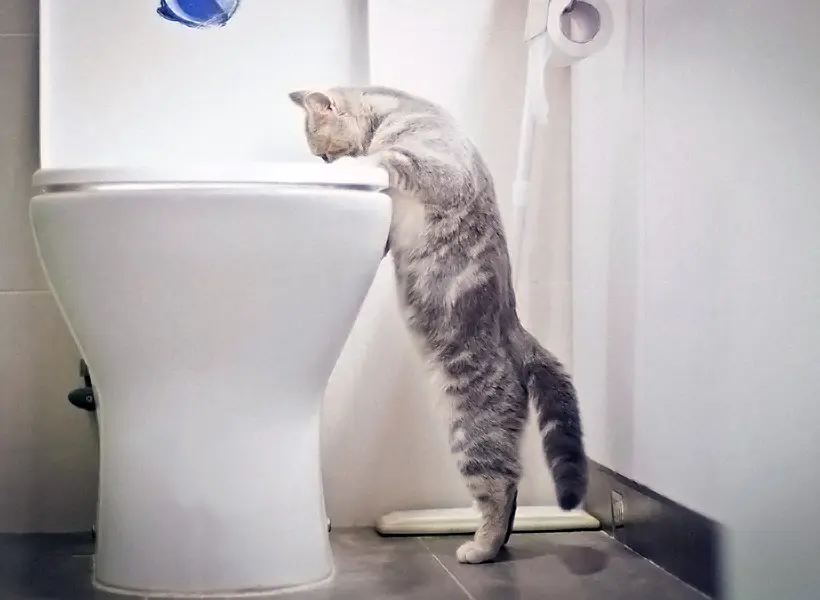Prevent Plumbing Problems: Never Flush Cat Poop Down Your Toilet - Expert Guidance
Prevent Plumbing Problems: Never Flush Cat Poop Down Your Toilet - Expert Guidance
Blog Article
Have you been on the lookout for facts How to Dispose of Cat Poop and Litter Without Plastic Bags?

Intro
As cat proprietors, it's vital to be mindful of just how we take care of our feline close friends' waste. While it might seem hassle-free to flush feline poop down the commode, this practice can have detrimental consequences for both the environment and human health.
Environmental Impact
Purging cat poop introduces hazardous microorganisms and parasites right into the supply of water, posturing a significant risk to aquatic ecosystems. These contaminants can adversely influence aquatic life and compromise water top quality.
Health and wellness Risks
Along with environmental problems, purging cat waste can also present health risks to humans. Feline feces may include Toxoplasma gondii, a parasite that can cause toxoplasmosis-- a possibly severe disease, particularly for pregnant ladies and individuals with damaged immune systems.
Alternatives to Flushing
The good news is, there are safer and more liable methods to get rid of pet cat poop. Consider the following options:
1. Scoop and Dispose in Trash
One of the most common technique of disposing of feline poop is to scoop it right into an eco-friendly bag and toss it in the garbage. Be sure to use a specialized trash inside story and take care of the waste promptly.
2. Usage Biodegradable Litter
Go with biodegradable pet cat clutter made from products such as corn or wheat. These trashes are environmentally friendly and can be safely dealt with in the trash.
3. Hide in the Yard
If you have a backyard, think about burying cat waste in a marked area away from veggie gardens and water resources. Make sure to dig deep adequate to stop contamination of groundwater.
4. Install a Pet Waste Disposal System
Invest in a pet dog waste disposal system particularly created for feline waste. These systems utilize enzymes to break down the waste, reducing smell and environmental impact.
Verdict
Responsible pet dog possession expands past supplying food and shelter-- it also entails proper waste administration. By refraining from flushing pet cat poop down the commode and selecting different disposal methods, we can minimize our environmental impact and shield human health.
Why Can’t I Flush Cat Poop?
It Spreads a Parasite
Cats are frequently infected with a parasite called toxoplasma gondii. The parasite causes an infection called toxoplasmosis. It is usually harmless to cats. The parasite only uses cat poop as a host for its eggs. Otherwise, the cat’s immune system usually keeps the infection at low enough levels to maintain its own health. But it does not stop the develop of eggs. These eggs are tiny and surprisingly tough. They may survive for a year before they begin to grow. But that’s the problem.
Our wastewater system is not designed to deal with toxoplasmosis eggs. Instead, most eggs will flush from your toilet into sewers and wastewater management plants. After the sewage is treated for many other harmful things in it, it is typically released into local rivers, lakes, or oceans. Here, the toxoplasmosis eggs can find new hosts, including starfish, crabs, otters, and many other wildlife. For many, this is a significant risk to their health. Toxoplasmosis can also end up infecting water sources that are important for agriculture, which means our deer, pigs, and sheep can get infected too.
Is There Risk to Humans?
There can be a risk to human life from flushing cat poop down the toilet. If you do so, the parasites from your cat’s poop can end up in shellfish, game animals, or livestock. If this meat is then served raw or undercooked, the people who eat it can get sick.
In fact, according to the CDC, 40 million people in the United States are infected with toxoplasma gondii. They get it from exposure to infected seafood, or from some kind of cat poop contamination, like drinking from a stream that is contaminated or touching anything that has come into contact with cat poop. That includes just cleaning a cat litter box.
Most people who get infected with these parasites will not develop any symptoms. However, for pregnant women or for those with compromised immune systems, the parasite can cause severe health problems.
How to Handle Cat Poop
The best way to handle cat poop is actually to clean the box more often. The eggs that the parasite sheds will not become active until one to five days after the cat poops. That means that if you clean daily, you’re much less likely to come into direct contact with infectious eggs.
That said, always dispose of cat poop in the garbage and not down the toilet. Wash your hands before and after you clean the litter box, and bring the bag of poop right outside to your garbage bins.
https://trenchlesssolutionsusa.com/why-cant-i-flush-cat-poop/

As a keen reader about How to Dispose of Cat Poop and Litter Without Plastic Bags, I was thinking sharing that piece of content was a good idea. If you please take the opportunity to share this blog if you enjoyed reading it. I truly appreciate reading our article about Can You Flush Cat Poo or Litter Down the Toilet?.
Additional Resources Report this page